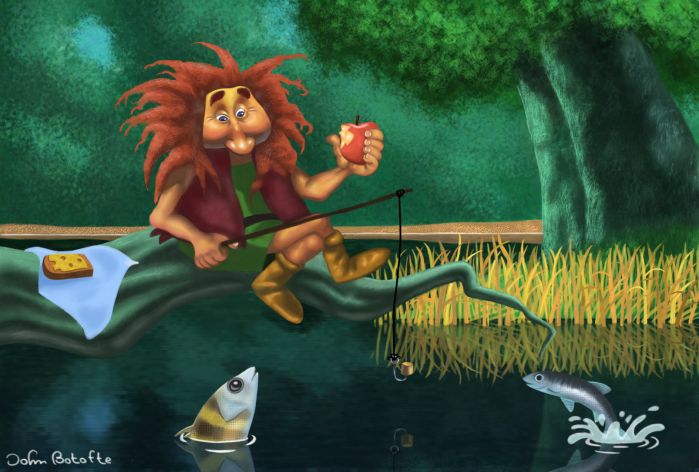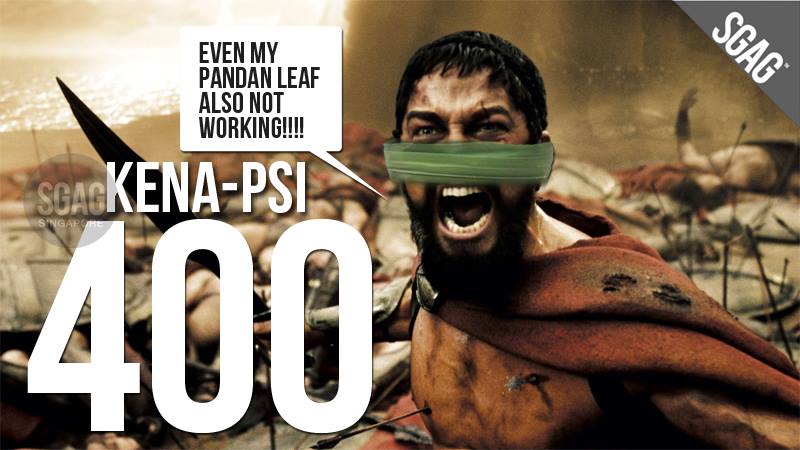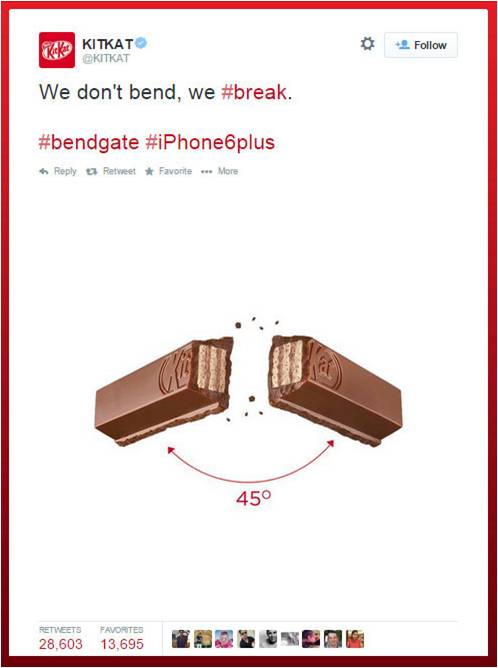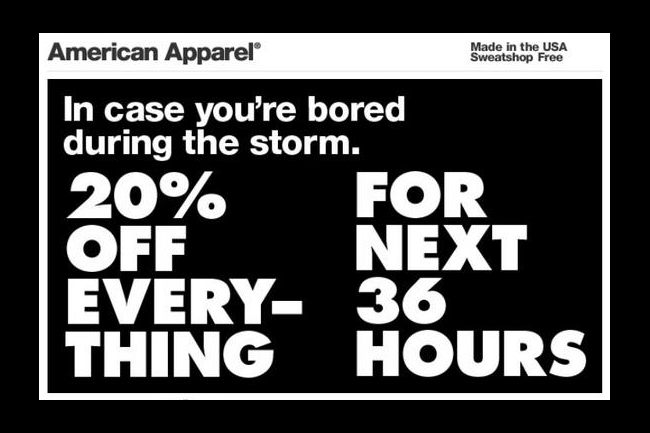Do you feel that your content marketing efforts aren’t paying off? Wonder why your social media marketing efforts aren’t bearing fruit?
Well, the online competition for attention is ferocious these days, especially when you’re up against a sea of memejacking, linkbaiting trolls.
Who exactly are these guys and what do they do?
Of Memes and Memejacking
You’ve probably heard the term “memes” being bandied about on Facebook, Twitter or online forums. However, do you know that evolutionary biologist Richard Dawkins was the first to come up with this term?
Coming from the root word “mimesis” which means something copied or imitated, Internet memes are news, ideas or concepts that can be words or phrases, images, videos and illustrations. They are usually found on social networks, “buzzworthy”, viral, and closely associated with trending news or breaking events.
Memejacking is the process of exploiting a fast growing meme to generate content which attracts attention. Due to the short life span of most memes, such content marketing practices must be done very quickly.
Humour websites like 9GAG and SGAG frequently use memejacks for their content. You can see an example below from SGAG parodying the popular movie “300” during the peak of Singapore’s haze situation.
Done well, memejacking can be a positive way to boost your branded content. An example is Kit Kat’s post below which capitalised on the fact that iPhone6Plus is a bendable phone (aka #bendgate).
However, memejacking can also work negatively in cases where purveyors lack sensitivity (or common sense) when crafting their content. This usually applies during catastrophes and disasters. An example from American Apparel during Hurricane Sandy is shown below (courtesy of Mister Wang) .
More recently, BreadTalk’s attempt to introduce a commemorative bun (hashtagged #RememberingLKY) to mourn the passing of Singapore’s founding father Lee Kuan Yew got such a negative reception that they had to pull it off the shelves soon after (see image below courtesy of TODAY).
Linkbaiting 101
As its name implies, linkbaiting (or click baiting) is a process of creating content that attracts other content producers to link to it.
A key strategy in content marketing, Search Engine Optimization (SEO) and social media optimization, linkbaiting looks at how one can grow inbound links to one’s content. This helps to improve search engine results (since Google puts a premium on the number of backlinks to a piece of web content) and increases the visibility of the content on social media.
Like memejacking, linkbaiting comes with a warning message. Not all linkbait practices are positive.
Positive linkbaiting practices involves creating targeted educational and entertaining content. They include helpful customer tips, infographics, videos, research studies, white papers, e-books, and other useful stuff.
Milking controversies are fine too, so long as the content is created in good taste and does not seek to cheat or deceive.
A good example of a positive linkbait (aka linkable asset according to Moz) is the Web Developer’s SEO Cheat Sheet by Moz.
Negative linkbaiting practices involves creating inflammatory articles, rehashed content, dubious facts, or misleading headlines (often associated with trending topics) that are calculated to attract clicks without providing any real value.
An example of a negative linkbait or clickbait would be writing a sensational story like “How Airline Disaster QZ8501 Can Be Prevented” and using that as a front to market an aviation safety tool.
Historically, clickbaiting has been used by British tabloids, such as the infamous tabloid The Sun below (courtesy of Business 2 Community):
Trolling
Finally, we have trolls. As you’d imagine, a name like this probably isn’t good news, and you are mostly right.
A troll is an Internet user who intentionally seeks to irritate, anger or frustrate another party online. Unlike pranksters, a troll often operates in a premeditated and coordinated fashion which is specifically aimed at generating a response.
Trolling may involve spamming a blog, Facebook page, or forum with an endless stream of incendiary comments or creating content that are specially designed to inflame. In most cases, trolls are anonymous and hide behind a pseudonym.
Why do trolls do what they do?
Some people troll because they are genuine competitors of another brand. Others troll because they want to attract attention to their content (which hopefully converts to clicks and advertising dollars).
The most well recognised symbol for trolls is the “Trollface” meme which is commonly used in parody content (image below).
Generating the Right Kind of Attention
As you’d imagine, there really isn’t a tried-and-true way to generate positive “viral” content without offending anybody. Human behaviour is fiendishly difficult to predict, and often the process seems to be more experimental than anything else.
How do we tell if a topic is a potential land mine?
Different people have significantly different levels of tolerance for controversy, sensationalism, and exploitation. One man’s content marketing “meat” may be another man’s poison.
Personally, I like to practice the Golden Rule, ie “Do unto others what you want others to do unto you.” While there are occasions where I may create content that is a little risqué, I am mindful that generating a continual stream of headline hogging sensational stories isn’t quite in sync with my personal brand.
Ultimately, it is important to remember that it isn’t just hitting the virality jackpot which matters. Rather, it is about ensuring that whatever content you push out adds to – rather than subtracts from – your brand identity and brand values. This applies equally to both organisations and individuals, regardless of their affiliations.
What is your experience like with memejacking, linkbaiting, and trolling?









Thanks for sharing us your opinions and information. I will be looking forward for more from you on Content executions. I especially liked the visuals your content is endowed with. Keep it up!